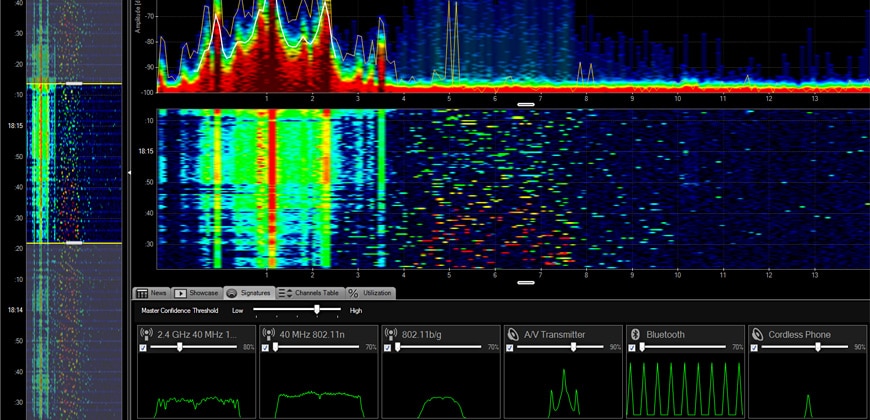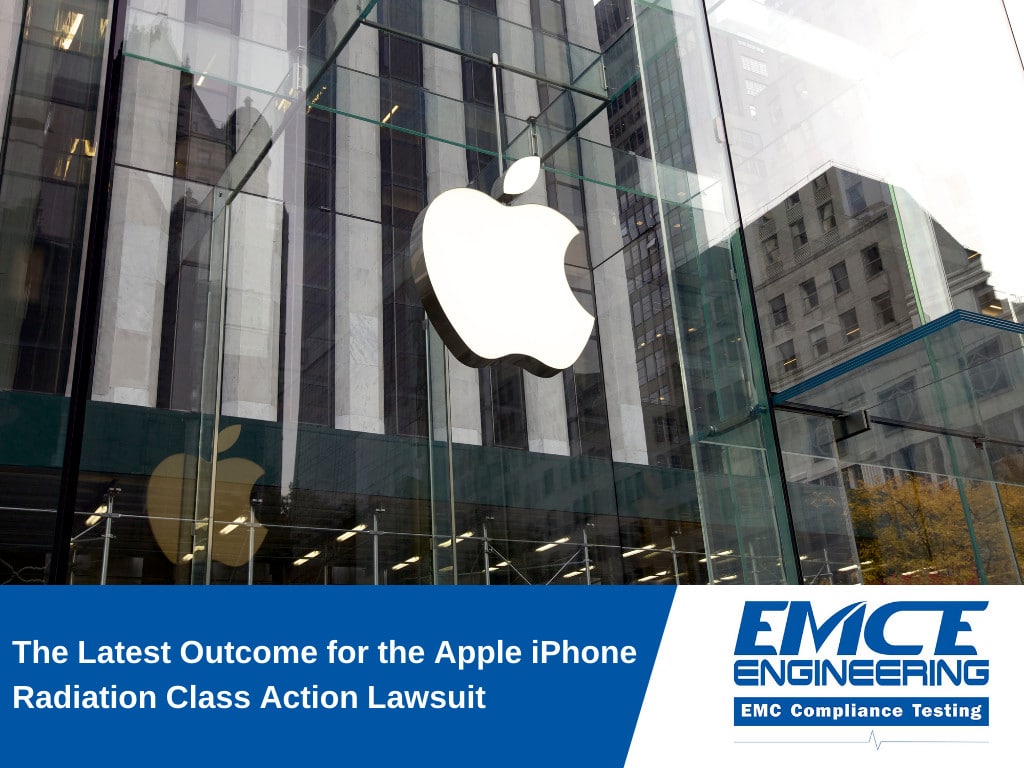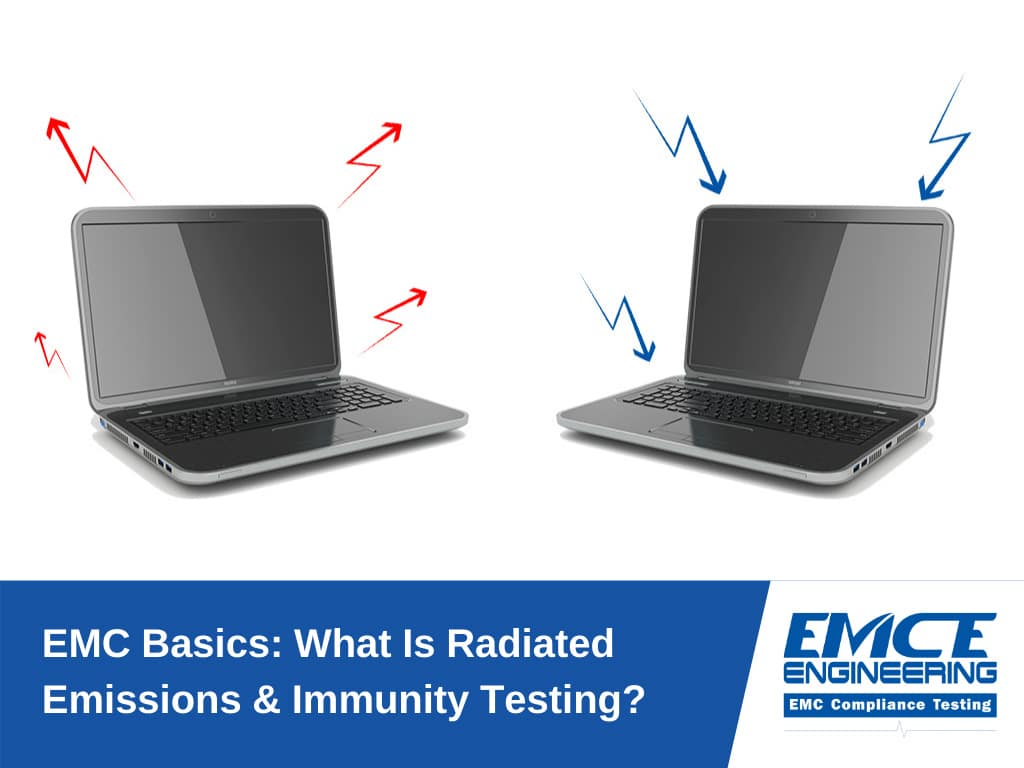New Certification Requirements By Industry Canada – Radio Standards Specification RSS-247
LE-LAN devices under new standards including expanded frequency bands, DFS procedures and emission limits. Certification requirements were added for Frequency Hopping Systems and Digital Transmission Systems.
DTSs (Digital Transmission Systems) in bands 902-928 MHz, 2400-2483.5 MHz and FHSs (Frequency Hopping Systems) in bands 902-928MHz, 2400-2483.5 MHz and 5725-5850 MHZ have new standard specifications. Systems in these band widths are allowed frequency hopping, digital transmission with or without a hybrid of both types, if they comply with new requirements of this standard. Hybrid systems or the digital transmission technology of DTSs operating in the 5725-5850 MHz band must comply with Section 6 requirements of RSS-247. If another system is synchronized using connecting cables or off-air sensing with an FHS to avoid frequency collision between them, compliance with RSS-247 is not required because they are not hopping randomly. Coordinating FHSs against the individual and independent ability to avoid other recognized band users occupying frequencies is not permitted.
A spread spectrum technology is used conventionally in FHSs so the carrier has coded information that causes a spreading of the FR (radio frequency) energy surrounding the carrier frequency. The frequency itself is not fixed, instead it changes at fixed intervals under the coded sequence. The transmitter and the receiver, working as a Frequency Hopping System, must comply with all requirements in Section 5 of RSS-247 in the event the transmitter is presented with an information or continuous data stream.
New LE-LAN standards are detailed in Section 6, RSS-247 for devices operating in bands 5150-5250 MHz, 5250-5350 MHz, 5470-5600 MHz, 5650-5725 MHz and 5725-5850 MHz and DTSs not designed for LE-LAN operation using the band 5725-5850 MHz that use digital modulation technology. These 5 GHz devices require all operational requirements for each band if occupying bandwidths while overlapping other bands.
An added requirement for all LE-LAN devices specifies that devices must include security features for protection against modification of software by unauthorized parties. LE-LAN equipment has a new extended frequency band previously 5725-5825 MHz, now ranging in bands from 5725-5850 MHz.
Unwanted emission limits for LE-LAN equipment in operating bands 5150-5250 MHz and 5250-5350 are both now determined outside the band at 5150-5350 MHz. Equipment with slave devices that do not have a radar detection mechanism, for frequency bands 5250-5350 MHz, 5470-5600 MHz, and 5650-5725 MHz do not have to meet the in-service monitoring requirement.
Verifying the compliance of equipment to the Equivalent Isotropically Radiated Power (E.I.R.P.) has a new measurement procedure for different antenna elevations, detailed in Section 5.4 of RSS-247 rules.
The DFS (Dynamic Frequency Selection) procedure for Devices Operating in the Bands 5250-5350 MHz, 5470-5600 MHz, and 5650-5725 MHz have been modified, specifically detailed in Section 6.3 of RSS-247, including Non-Occupancy periods, Channel closing transmission time, Channel move time, Channel Availability check time, and In-service… ( read more )
DTS Devices covered in this standard must comply with these rules as well as those of RSS-Gen and will be measured using ANSI C63.10. HCT America routinely conducts 5 GHz DFS Wireless Device Testing and Approvals accepted by the governing regulatory agencies and is an Industry Canada designated FCB.
Article: “HCT America”
Editor: “Amy Jones”
Image: “Metageek WiSpy2”





